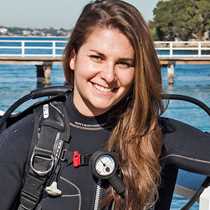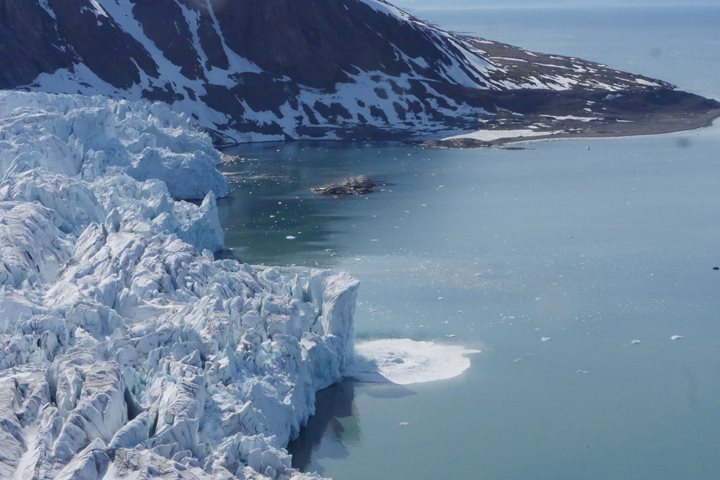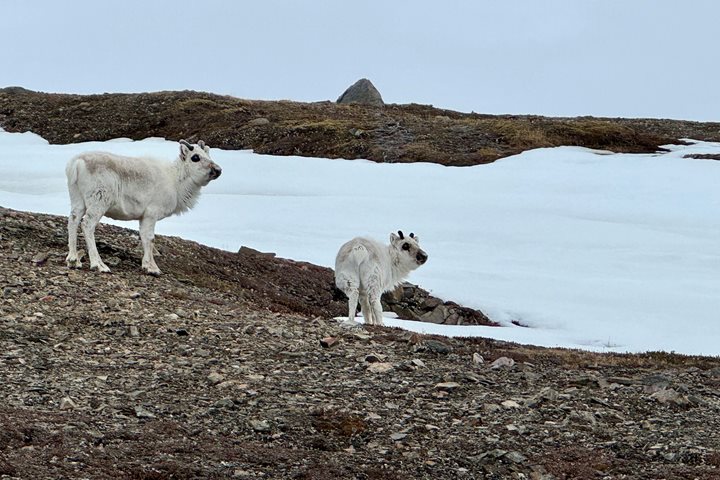Guests on National Geographic Explorer awoke to a beautifully mild Arctic summer day as we made our way into Hornsund, Svalbard’s southernmost and arguably most picturesque fjord. After last evening’s exciting exploration of Isfjorden—with amazing beluga sightings right after departing Longyearbyen—we knew our expedition was off to a great start. Before long, breakfast was interrupted by humpback whale sightings. We spent the morning cruising below the towering peaks and impressive glacial fronts of Hornsund as we prepared for the adventure ahead with introductions to the expedition team, photography info, and insights about our changing world.
Setting anchor off the spectacular point of Gnålodden, we geared up after lunch for our first landing ashore. Navigating through growlers and bergy bits of glacier ice, Zodiacs heading to shore were greeted by the sounds of thousands of seabirds nesting in the cliffs above that give this site its name. Setting out for hikes, we enjoyed the incredible combination of complex geology, surprising nature, and human history this location boasts. Kittiwakes filled the sky, Brunich’s guillemots nested in the ledges of the steep cliffs, and predatory Arctic skuas darted among the crowds.
When one could possibly remember to peel their eyes away from the overwhelming bird colonies above, we discovered the close ties of the land and sea. The thousands of birds returning from feeding in the sea bring nutrients for the tundra vegetation to thrive in the narrow window of the High Arctic summer. Lush mosses carpeted the terrain and large blooms of purple saxifrage offered color to the landscape, providing an ideal foraging ground for Arctic geese. Longer hikes offered beautiful views of the fjord system and mountain peaks of ancient geology reflected in the glassy ponds. On our way back to the landing, we stopped to explore an old hut, built in the early 1900s, where trappers—including the famous female trapper Wanny Wolstad—trapped foxes and polar bears.
Meanwhile, our undersea team donned their warmest drysuit gear to explore the cold waters off the point. Descending below the surface, we passed through the nutrient- and plankton-rich surface waters to where lush kelp and vibrant invertebrates thrive on dramatic walls that extend into the depths. The vertical substrate here provides an ideal site for a staggering abundance of sessile organisms to settle. Using specialized adaptations to capture food and thrive in this ocean ecosystem, these organisms are vital to the world above.
Sailing out of the beautiful fjord, we ended a wonderful first day with a welcome cocktail reception. We’re eager to see what we’ll find as we make our way into Storfjorden, to the east of Spitsbergen, tomorrow.









